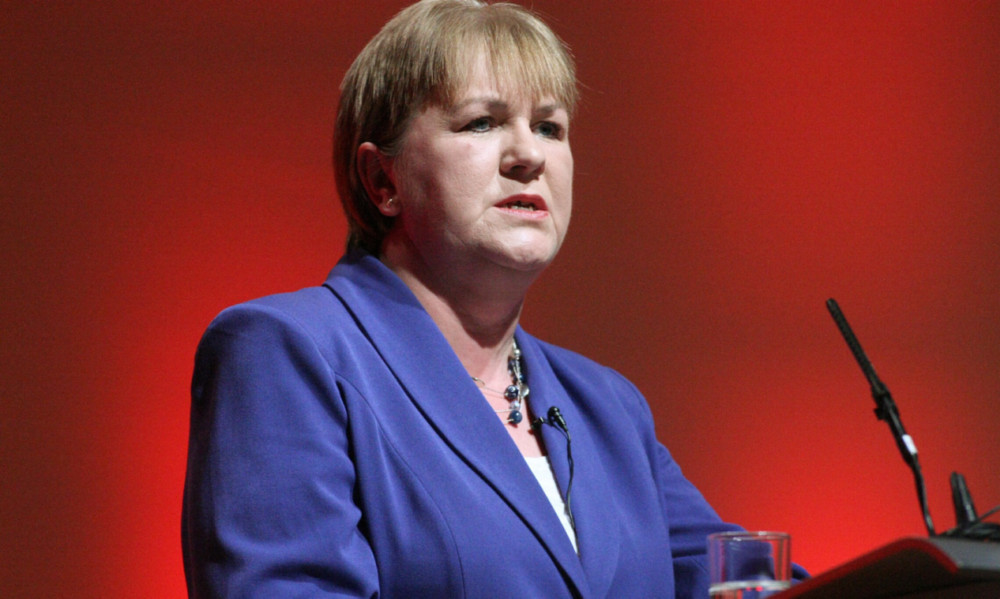Income tax is the “best candidate” for further devolution, according to Scottish Labour.
The levy was identified in the party’s internal commission on the future of devolution. The commission also says the tax plan could be shelved if it becomes clear the administrative costs are too high to make it worthwhile.
It could also be abandoned if it leads to suggestions that the number of MPs at Westminster should be reduced or that the Barnett formula, which allocates money across the UK, is likely to be scrapped.
Going beyond Holyrood, Labour proposes devolving responsibility for the Crown Estate commissioners for the seabed and foreshore to local authorities.
Scottish Labour leader Johann Lamont said: “This interim report provides a starting point for our debate about the future of devolution.
“Now that the devolution commission has set out its findings, we need to open up this debate to the people of Scotland so that Scottish Labour can reflect the views of the majority of Scots who want to stay within the United Kingdom.
The Conservative and Liberal Democrat parties have already set out their thoughts on the future of devolution.
It means all unionist parties will be able to spell out what they want for the Scottish Parliament if people vote against independence in the referendum in September next year.
Scottish Lib Dem leader Willie Rennie said there is a growing consensus for more powers for a stronger Scotland within the UK.
“We know more devolution is what the majority of people in Scotland want,” he said.
